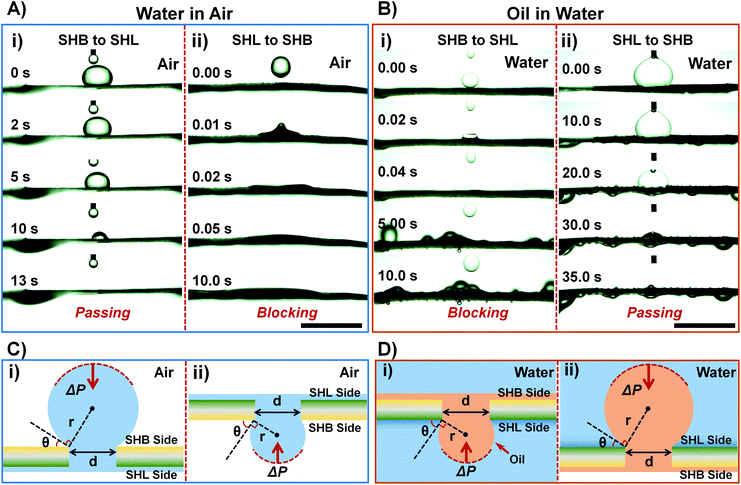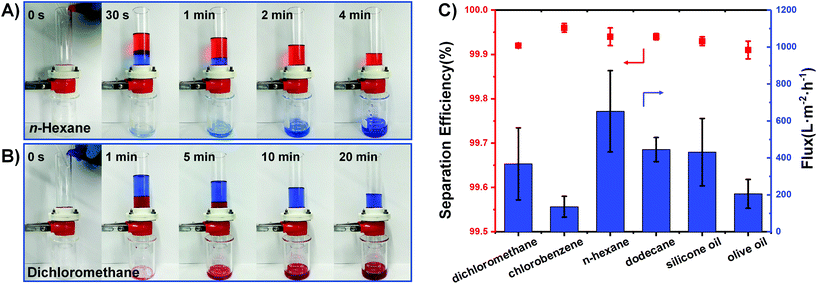 Open Access Article
Open Access ArticleCreative Commons Attribution 3.0 Unported Licence
Correction: Efficient separation of immiscible oil/water mixtures using a perforated lotus leaf
Chunhui
Zhang
 ab,
Yuheng
Zhang
ab,
Yuheng
Zhang
 c,
Xiao
Xiao
c,
Xiao
Xiao
 c,
Guoliang
Liu
c,
Guoliang
Liu
 c,
Zhe
Xu
c,
Zhe
Xu
 c,
Bing
Wang
c,
Bing
Wang
 a,
Cunming
Yu
a,
Cunming
Yu
 *c,
Robin H. A.
Ras
*c,
Robin H. A.
Ras
 de and
Lei
Jiang
de and
Lei
Jiang
 ac
ac
aLaboratory of Bio-Inspired Materials and Interface Sciences, Technical Institute of Physics and Chemistry, Chinese Academy of Sciences, Beijing 100190, China
bSchool of Chemical Sciences, University of Chinese Academy of Sciences, Beijing 100049, China
cKey Laboratory of Bio-Inspired Smart Interfacial Science and Technology of Ministry of Education, School of Chemistry, Beijing Advanced Innovation Centre for Biomedical Engineering, Beihang University, Beijing 100191, China. E-mail: ycmbhs@iccas.ac.cn
dDepartment of Applied Physics, Aalto University School of Science, Puumiehenkuja 2, 02150 Espoo, Finland
eDepartment of Bioproducts and Biosystems, Aalto University School of Chemical Engineering, Kemistintie 1, 02150 Espoo, Finland
First published on 6th January 2020
Abstract
Correction for ‘Efficient separation of immiscible oil/water mixtures using a perforated lotus leaf’ by Chunhui Zhang et al., Green Chem., 2019, 21, 6579–6584.
The authors regret that Fig. 2 and 3 are incorrect. The correct figures are as follows:
The Royal Society of Chemistry apologises for these errors and any consequent inconvenience to authors and readers.
| This journal is © The Royal Society of Chemistry 2020 |


